Whether at home or on the go, on the road, in the office… all kinds of life scenes provide a seamless and intelligent life experience, which can be provided through our products and services.
On August 8th, at the Huawei Developers Conference, Huawei’s consumer business CEO Yu Chengdong mentioned the “smart life experience” in his keynote speech, and officially released his own operating system, the operating system. However, within the many information of the Developers’ Conference, what is most concerned about us is that we only mention a few words of “fast service.”

What is fast service?
The official website of the Huawei Developers Conference gave us the answer. The fast service is distributed under the Huawei distribution service. The official explanation is:
Huawei’s HUAWEI Ability Gallery is Huawei’s unified atomic service access and distribution platform, which aggregates traffic portals for all-in-one terminal scenarios, and provides one-time access to full-media distribution for high traffic ( Currently only open to enterprise developers).
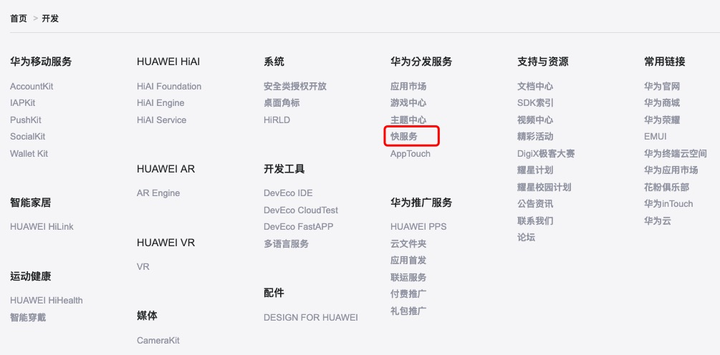
In September, the Express service will be launched globally on AppGallery, and the promotion it gives is also free to install and click-to-click.
In the on-site PPT, when it comes to fast service, there are also 800+ fast applications and 2000+ developers in China.
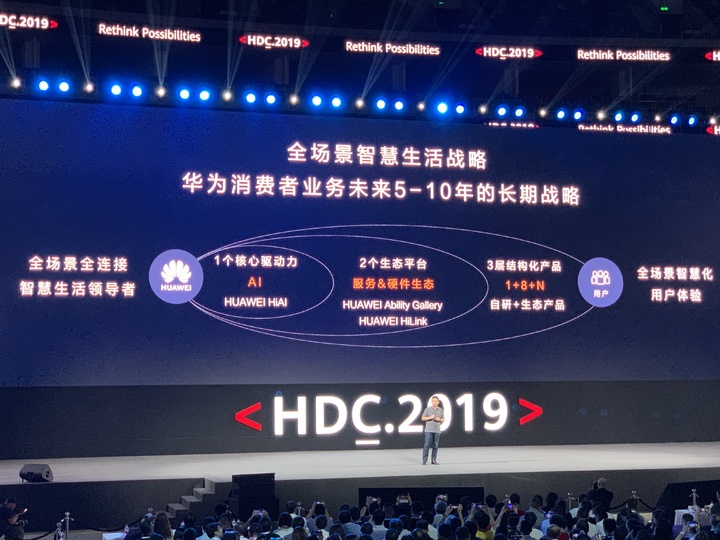
So, fast application and fast service toWhat is the relationship at the end?
Fast service is also called direct service, ie app or fast application, a service in H5. For example, in Ctrip, booking a ticket, booking a hotel, and booking a train ticket are called fast service.
According to public information, fast service seems to be a direct service, which can provide you with a complete functional module of the product directly.
After understanding this setting, we can look at the four service types of fast service, five trigger modes, and seven typical entry scenarios.
four service types
Direct app class express service: The fast service is rendered as an ICON (icon) or link, and the user clicks on the quick service to go directly to the app/fast app page.
Card-style express service: Developers provide data, and the display form of the service (card, voice) is provided by Huawei.
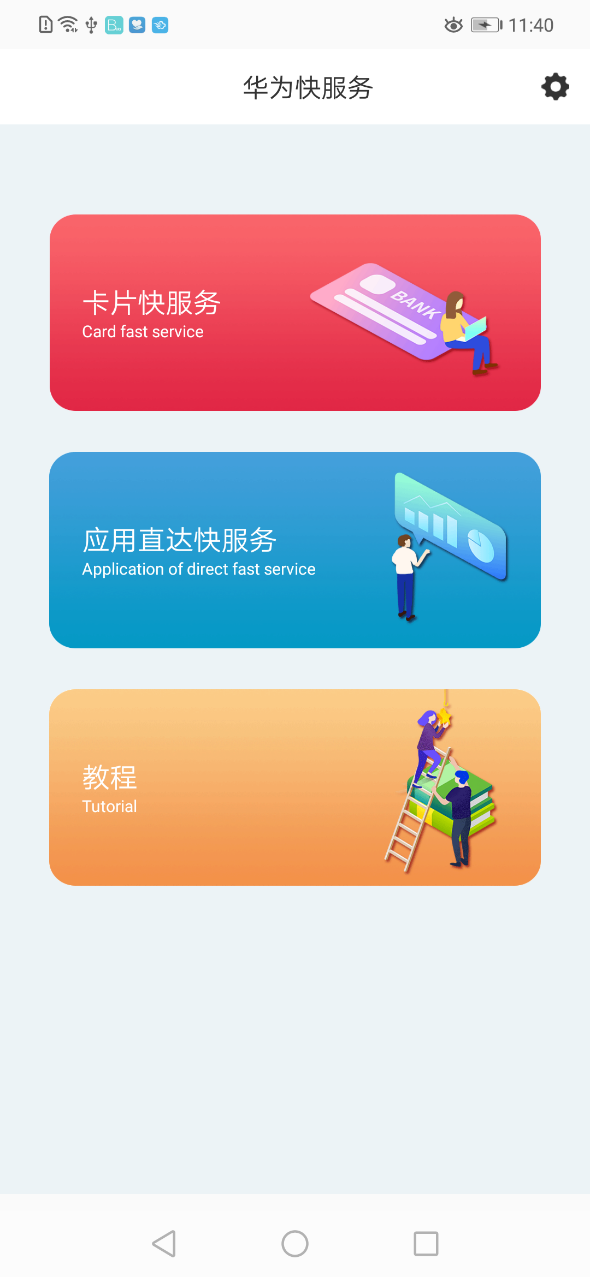
Dialog Express Service: Huawei distributes the Express Service Card to different Huawei end-side products. Users view the card to obtain service information, and click to jump to the developer’s app/fast application.
Know the program Note: The fast service card is a page page in the fast application, and the fast application is in an RPK package. The card development follows the development specification of the fast application (see the card chapter in the fast application development specification). The style of the card needs to conform to the Huawei UI specification.
Preset model class fast service: User in Huawei voice assistant, smart speaker, etc.Scenery, accessing services in a natural way of interacting with voice.
Five trigger mode
| Intent to trigger | trigger introduction |
| user’s intent to express and express service-defined keywords or intentions The fast service will be triggered after the match | |
| user’s intent expression matches the keyword defined by the fast service. The express service | |
| When the user’s intention expression matches the intent of the fast service association After the fast service is triggered | |
| When the user’s intention expression and fast service association The fast service is triggered after the intent matches. | |
|
trigger fast service when an event occurs |
Seven typical entrance scenes
Smart Assistant Service Direct
Applicable to the fast service type is the direct application class service. Automatically accurately recommend and display the direct service content according to the user’s usage habits, scenes, etc., and the user clicks to jump to the corresponding app page.
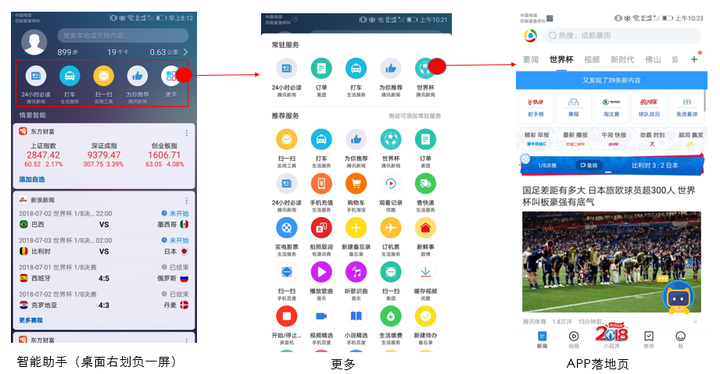
Image explanation: Select the fast service you are interested in in the recommended content, and click to go directly.
Smart Assistant Situational Intelligence
Applicable to fast service types are card class services and content interface class services. Users subscribe to the Express Service, and the card appears on the User Assistant when a specific trigger condition (time, location, event) is reached.
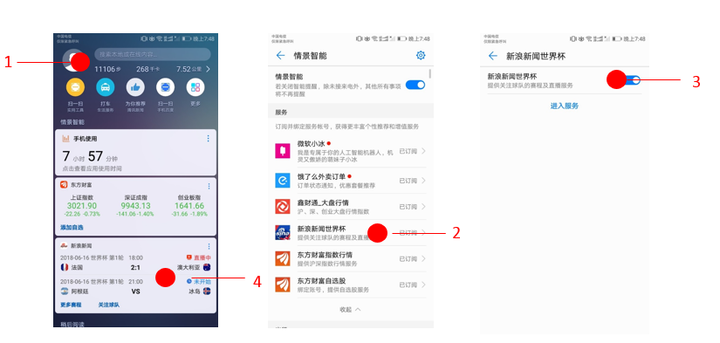
Picture explanation: Users subscribe to the football World Cup tournament card, 3 hours before the start of the game, the World Cup tournament card appears on the user’s smart assistant.
Global Search
Applicable to fast service types are direct application services, card services and content interface services. User search keywords, and the matching fast service will appear in the search results.
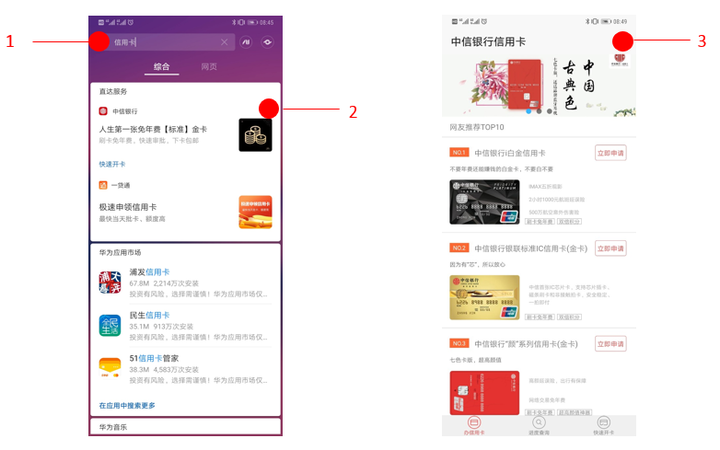
Picture explanation: When a user searches for a credit card, a card provided by the developer appears in the result, and a credit card application entry is provided.
Voice Assistant (HiVoice)
Applicable to fast service types are direct application class services, dialog class services and content interface class services.
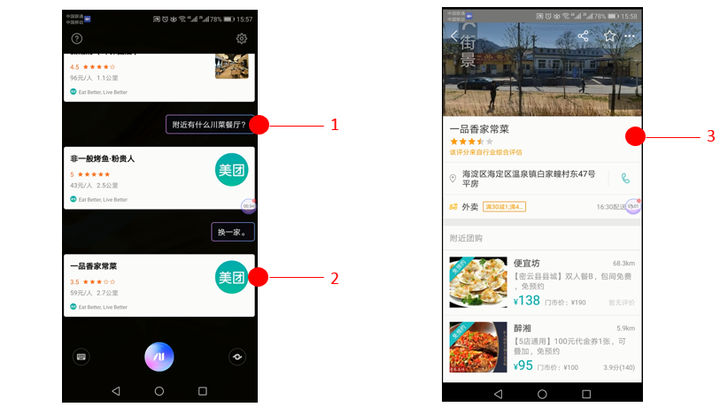
Picture explanation: When the user said HiVoice, “What kind of Sichuan restaurant is nearby,” HiVoice shows it as a card in the results.The Sichuan Restaurant provided by the US Mission can be accessed by clicking on the app or quick application page.
Smart Vision (HiVision)
Applicable to fast service types are direct application services, card services and content interface services.
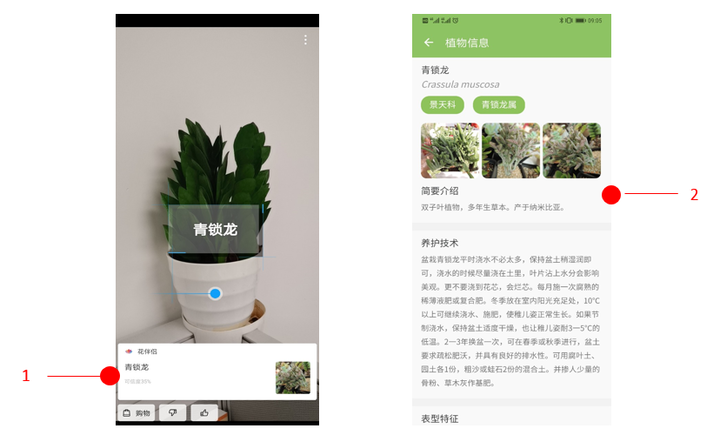
Picture explanation: The user uses HiVision to take pictures and identify the potted plants, which are displayed in the form of cards.
Smart Speaker
Applicable to fast service types are content interface class services, dialog class services. For example, when the user says “What’s the weather like today” to the speaker, the speaker directly broadcasts “The weather is fine today…”
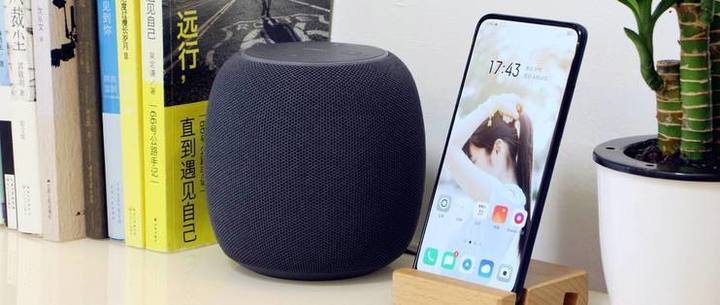
▲ Image from: Smart Help
Smart HiTouch
Applicable to fast service types are direct application services, card services and content interface services.
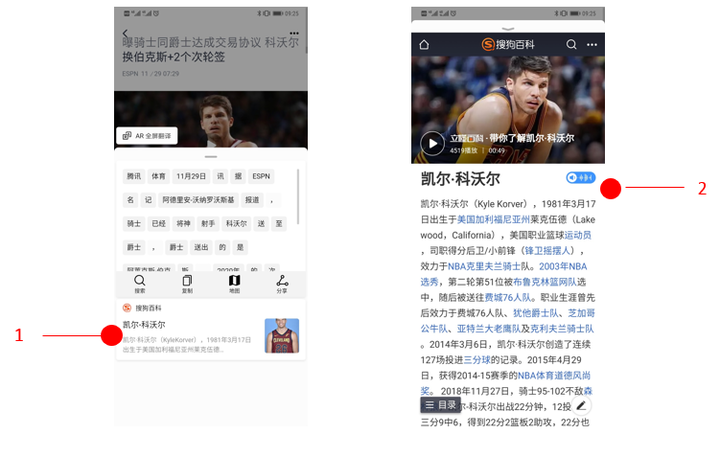
Picture explanation: When users watch sports news, the two fingers press and hold the screen of the mobile phone, and the content in the news will be displayed by word segmentation. For example, if there is Korver in the news, the result will appear in Korver. .
Quick service: Let developers and users forget about apps, just focus on services
In introducing the fast application, Zhang Ping, president of Huawei’s consumer business cloud service, said it was very direct, in order to “reduce the distribution cost of native applications.”
Centralized app stores will enhance the Matthew effect, and more and more mid- and long-tail applications are hard to get exposure and distribution opportunities. The experience of mobile phone manufacturers is even stronger. The person in charge of Xiaomi Express has told the program that since 2015, 0.1% of super applications accounted for 70% of the total network distribution traffic; at the same time, users’ interest in installing applications is low, 50% The number of user installation applications per month is 0.
Quick apps provide more traffic opportunities for mid- and long-end applications, while also adding scene entry to some head applications. For example, combined with a negative screen, voice assistant, global search, etc., the searched application can be used.
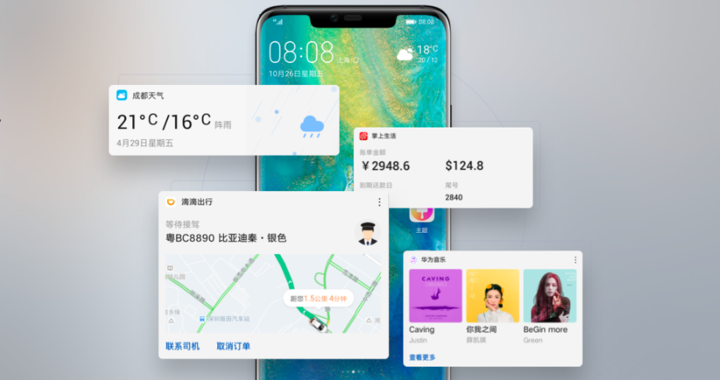
Huawei’s fast service wants to go further.
Not just fast applications, native applications (app), a complete service module in H5, can be re-split, packaged into fast services, naturally integrated into Huawei’s mobile phones, smart devices and even Huawei’s ecological cooperation. Find the user directly in the partner’s device and in the appropriate scenario. For example, the user can trigger the service of identifying plants when shooting plants; the voice assistant can also directly connect various services; and even realize the cooperation of mobile phones, smart speakers, tablets, watches, and car services.
Huawei calls this practice “atomicization” of services, which means that developers’ services do not have to be carried by their own applications, but can find users at the right time through various media.
As a mobile phone manufacturer, system-level applications such as system-level push, smart voice assistants, and cameras are the foundation for all of this, and it’s a different place from small programs.
At present, Huawei’s fast application has attracted 2000+ developers in a year, and more than 800 applications have been launched. Compared with WeChat, this speed is not fast, but Huawei’s fast service provides more imagination. For developers and users, you can forget about the application and focus more on the service itself.
This article was completed by Leng Sizhen and Jiang Hongchang.